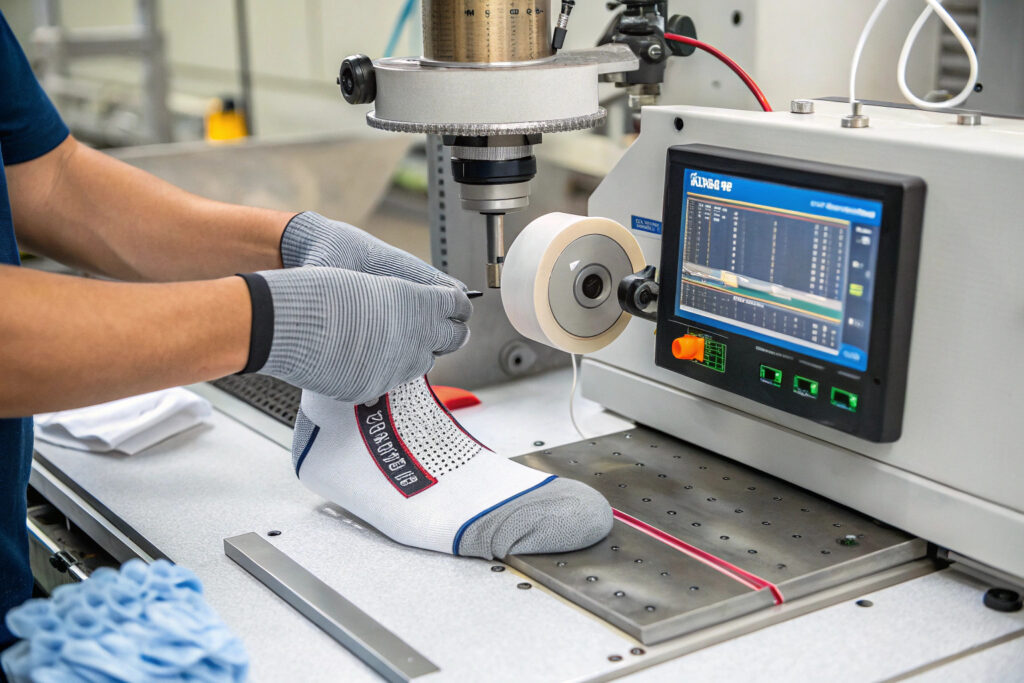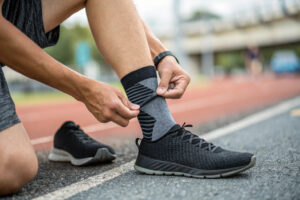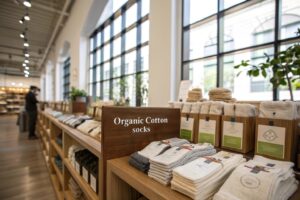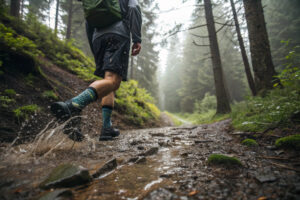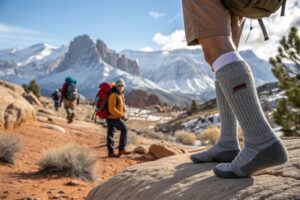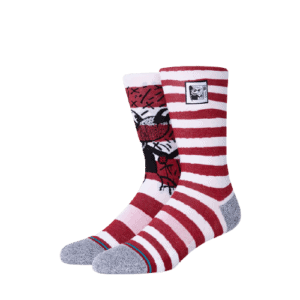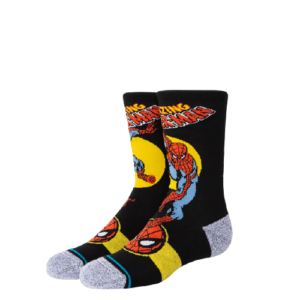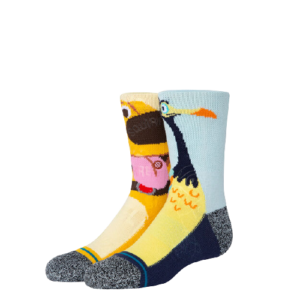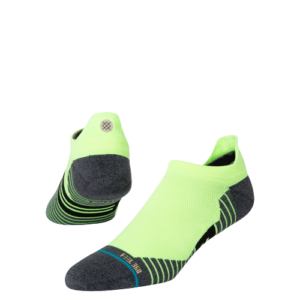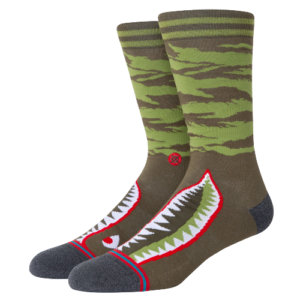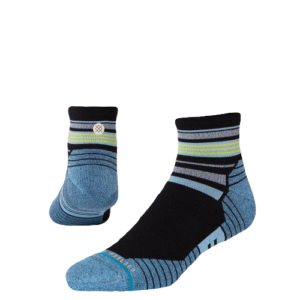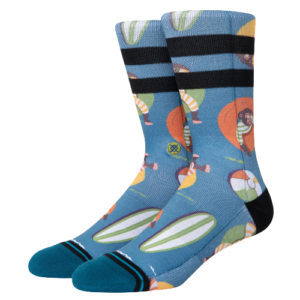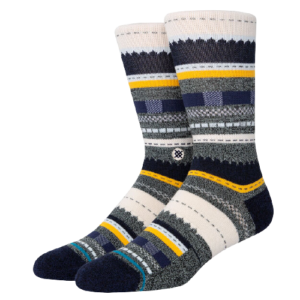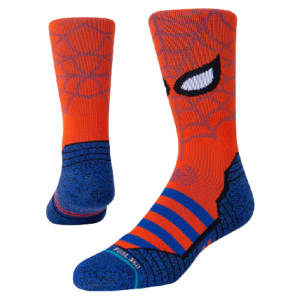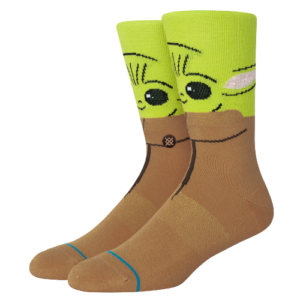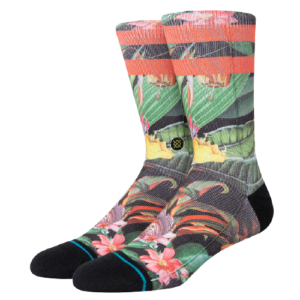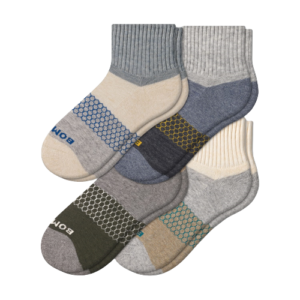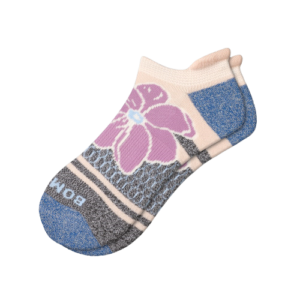Have you ever worn a new pair of socks only to find them pilling, thinning, or tearing after a few washes? That’s not just frustrating—it’s costly and reputation-damaging for any sock brand or distributor.
Sock durability, particularly abrasion resistance, is a key benchmark for long-lasting quality. It's tested using internationally recognized standards and machinery, such as Martindale or ASTM D4966, to measure how well a sock withstands wear and friction.
At GlobalSock, our CNAS-certified testing center runs abrasion tests on every large batch before bulk production. With our clients in Europe and the U.S. increasingly demanding guaranteed performance—especially for athletic, outdoor, and workwear socks—it’s critical we understand and communicate the science behind durability.
What Is Abrasion Resistance and Why Does It Matter?
Sock abrasion resistance measures how well the fabric can endure repeated rubbing without breaking down.
High abrasion resistance means longer-lasting socks, better customer reviews, and fewer returns. It also reflects better spinning, knitting, and finishing practices in production.
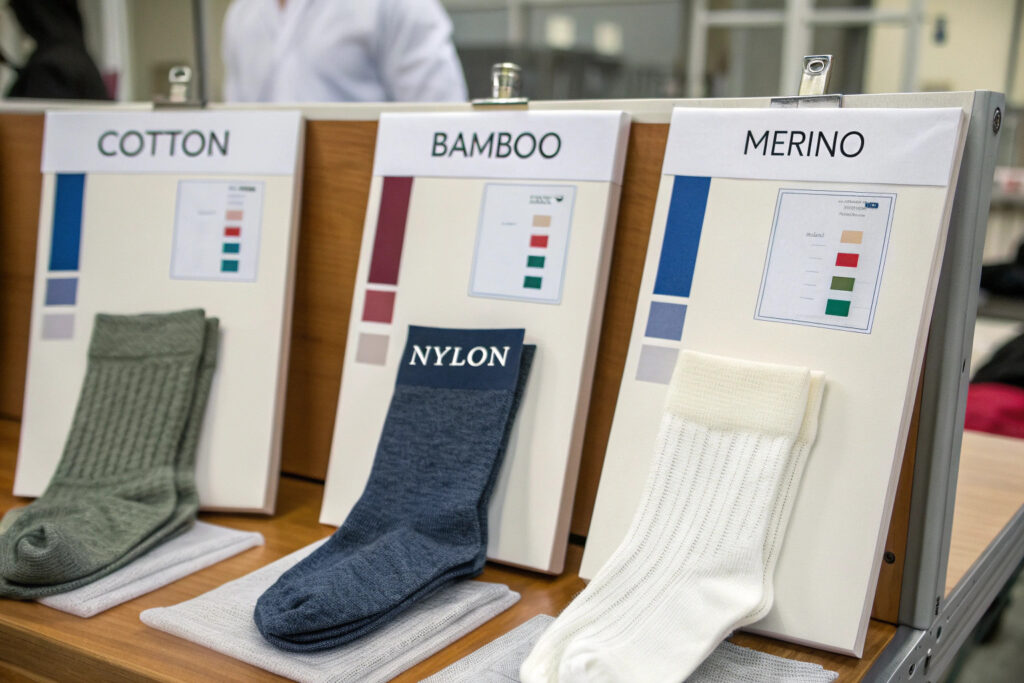
How Does Abrasion Affect Sock Lifespan?
Friction during walking or in-shoe movement wears down fibers. In low-quality socks, this leads to holes, pilling, and fabric thinning within weeks.
Using yarns with reinforced blends—like nylon-spandex composites—can significantly increase resistance. Our factory applies special spinning techniques to create denser, more abrasion-resilient socks.
Why Is It a Selling Point for B2B Clients?
Retailers and importers want to minimize product complaints. Socks that last longer mean better brand credibility. Buyers like Ron prefer seeing internal test reports or lab certificates to verify sock quality before confirming large orders.
Many even request results aligned with standards like ASTM D4966 or ISO 12947.
What Are the Main Abrasion Testing Methods?
Sock testing follows global textile industry norms. The most common tools are Martindale and Taber abrasion machines.
Martindale and ASTM D4966 are the gold standards for sock abrasion testing. They simulate real-world wear by rotating sock fabric under set loads and measuring the cycles until wear-through.
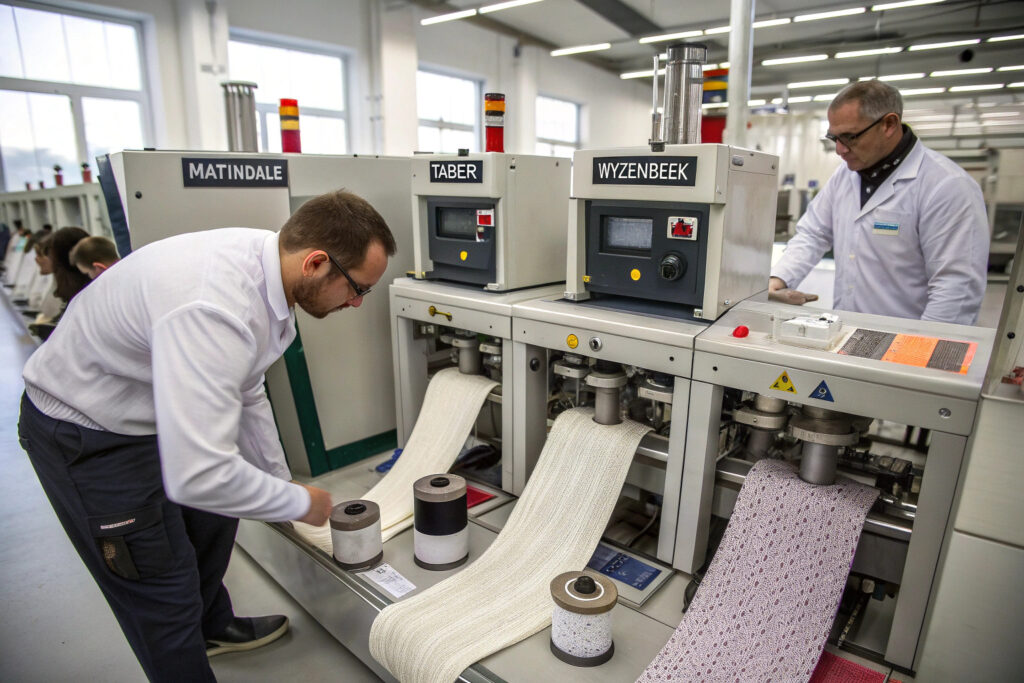
What Is the Martindale Test?
The Martindale machine rubs fabric against a standard wool or mesh in a circular motion under a set pressure.
- Standard used: ISO 12947
- Measured in: Number of cycles until breakdown
- Used for: Dress socks, formalwear, and light athletic socks
In our lab, premium combed cotton socks generally reach 20,000 cycles, while reinforced nylon styles exceed 40,000 cycles.
How About the ASTM D4966 Method?
This test mirrors Martindale but is adapted for American buyers.
- ASTM D4966 focuses on standard wool fabric abrasion with set motion paths
- Ideal for export clients needing compliance with U.S. performance norms
Clients importing to Walmart or REI often ask for these test results before onboarding new sock lines.
Which Sock Types Require the Highest Abrasion Scores?
Not all socks need the same durability levels. But some use-cases demand higher abrasion resistance by design.
Workwear, sports, and outdoor socks need the highest resistance—usually over 30,000 Martindale cycles—while fashion socks may only need 10,000 to 15,000.
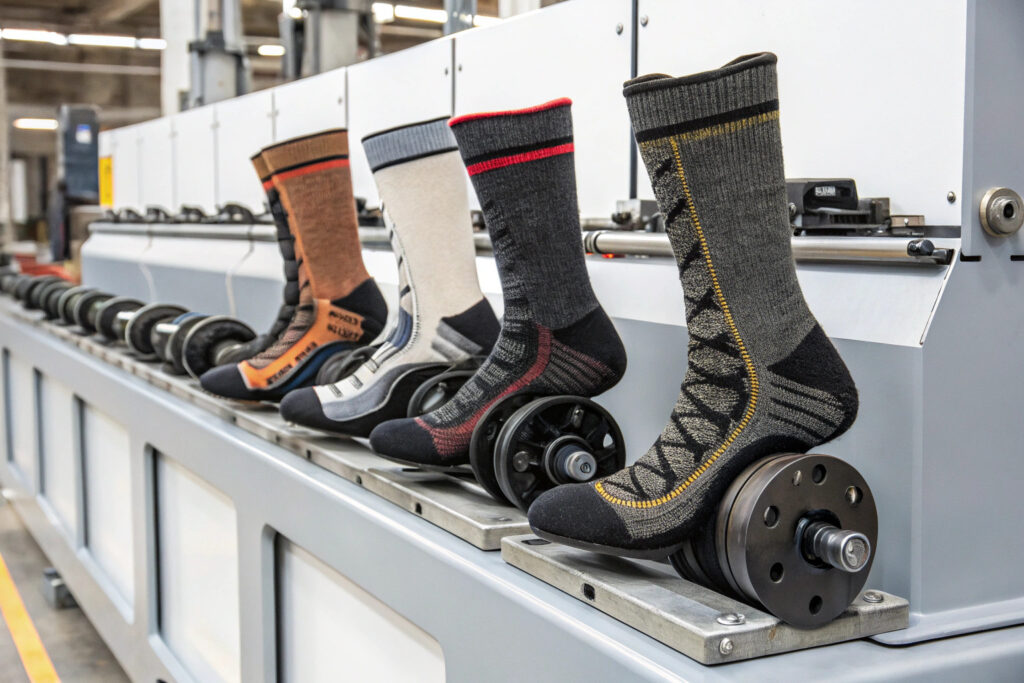
What Are the Standards for Athletic Socks?
Compression socks for runners or cyclists undergo significant foot friction. We recommend:
- 35,000+ Martindale cycles
- Coolmax or spandex-reinforced yarns
- Seamless construction to reduce blistering
GlobalSock’s athletic lines are engineered to meet these levels, backed by batch-by-batch testing.
How About Work and Outdoor Socks?
Steel-toe boots and rough terrain increase sock friction. Our reinforced merino wool blends or acrylic-cotton knits are tested to hit 40,000+ cycles under ASTM D4966.
These socks are often used by logistics workers, hikers, and military contractors looking for both comfort and reliability.
How Can Buyers Verify Abrasion Resistance Before Bulk Orders?
Knowing a sock is strong is one thing. Proving it with a lab report builds trust.
Buyers should request lab reports, physical wear tests, and pre-production samples with abrasion results before committing to large-scale orders.
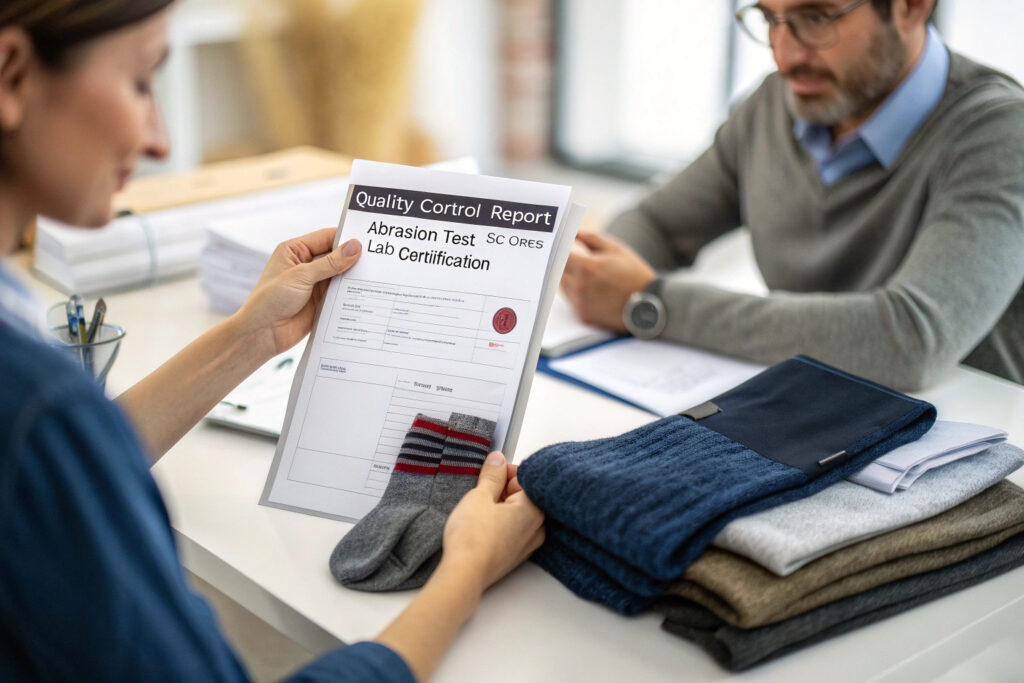
Should You Trust Factory-Provided Data?
It depends. Reliable factories—like those with CNAS or SGS-accredited labs—can offer legitimate results. Always check if their lab partners are listed on CNAS.org.cn or SGS global databases.
At GlobalSock, all reports include fabric type, machine model, test cycles, and dates for transparency.
Can You Run Independent Tests?
Absolutely. Many of our clients in Europe send bulk samples to third-party labs like Intertek or Bureau Veritas. We even offer co-testing support and dual lab options for large buyers with strict quality control demands.
Conclusion
Sock durability isn’t just about thicker fabric—it’s about scientifically backed abrasion resistance. Whether you're outfitting athletes, workers, or daily consumers, knowing how your product performs under pressure sets your brand apart.
At GlobalSock, we test every sample against Martindale or ASTM benchmarks, so our partners can sell with confidence. If you care about reducing returns, improving customer satisfaction, and building a performance-focused brand, abrasion resistance must be on your checklist.

